radiant floors yes, hard floors (???)
LE
12 years ago
Featured Answer
Sort by:Oldest
Comments (9)
brickeyee
12 years agolast modified: 9 years agoRelated Professionals
Little Falls Flooring Contractors · Melrose Flooring Contractors · San Jose Flooring Contractors · Washington Flooring Contractors · Washougal Flooring Contractors · Milton Freewater Carpet Dealers · The Crossings General Contractors · Broadview Heights General Contractors · Buena Park General Contractors · Elmont General Contractors · Hutchinson General Contractors · Los Alamitos General Contractors · Rotterdam General Contractors · Texas City General Contractors · Wheeling General Contractorshilltop1155
12 years agolast modified: 9 years agoimgarret
12 years agolast modified: 9 years agoLE
12 years agolast modified: 9 years agotaft
12 years agolast modified: 9 years agoLE
12 years agolast modified: 9 years agomic111
12 years agolast modified: 9 years agoSBJOE
12 years agolast modified: 9 years ago
Related Stories

FLOORSIs Radiant Heating or Cooling Right for You?
Questions to ask before you go for one of these temperature systems in your floors or walls (yes, walls)
Full Story
GREAT HOME PROJECTSHow to Add a Radiant Heat System
Enjoy comfy, consistent temperatures and maybe even energy savings with hydronic heating and cooling
Full Story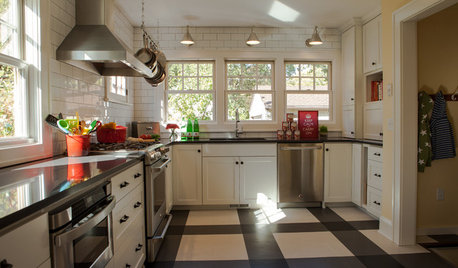
KITCHEN DESIGNKitchen of the Week: Drab and Dysfunctional to Radiant in Minnesota
Clunky storage and lackluster floors get nixed in favor of open shelves, plaid vinyl and an effective kitchen work triangle
Full Story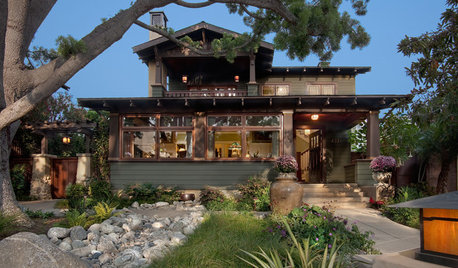
CRAFTSMAN DESIGNHouzz Tour: Radiant Restoration of a 1910 Arts and Crafts Bungalow
A single-story bungalow in San Diego gets a second floor and so much more
Full Story
FLOORSFloors Warm Up to Radiant Heat
Toasty toes and money saved are just two benefits of radiant heat under your concrete, wood or tile floors
Full Story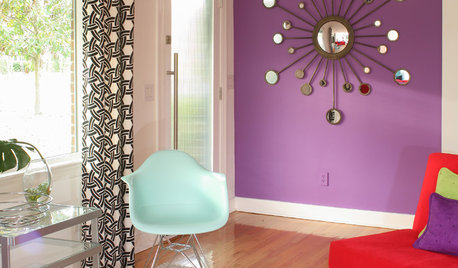
COLORBest Ways to Use Radiant Orchid, Pantone's Color of 2014
Learn how to work in this bold fuchsia-pink-purple successfully around the home, and give it a yay or nay in the Houzz poll
Full Story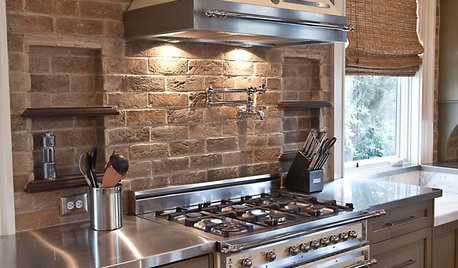
KITCHEN DESIGNYes, You Can Use Brick in the Kitchen
Quell your fears of cooking splashes, cleaning nightmares and dust with these tips from the pros
Full Story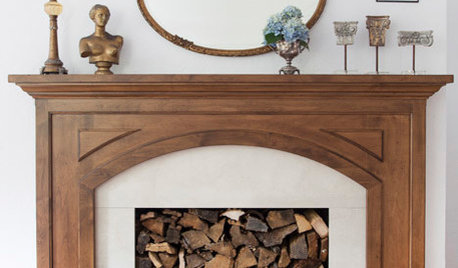
LIVING ROOMS8 Reasons to Nix Your Fireplace (Yes, for Real)
Dare you consider trading that 'coveted' design feature for something you'll actually use? This logic can help
Full Story
LIFEHard Winter? 9 Ways to Battle Cabin Fever
We know a lot of you are trapped where it just won’t stop snowing. Here are some ways to survive
Full Story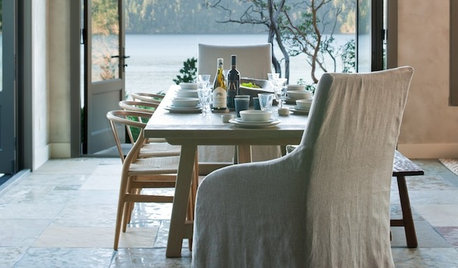
FLOORSAre Stone Floors Right for Your Home?
If you’re thinking about going with this hard-wearing material, here are important pros and cons to weigh
Full StoryMore Discussions







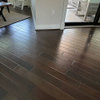
rudolf43